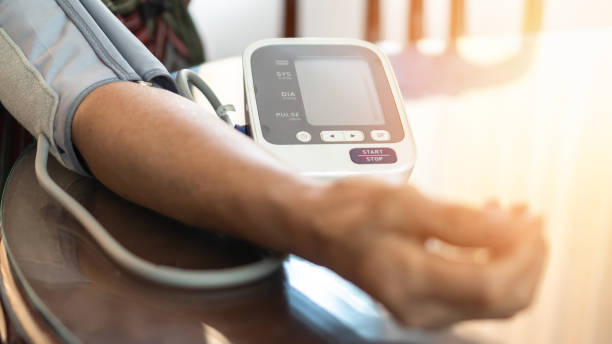Healthcare is changing. More patients are now receiving care at home. One reason for this shift is the rise of medical devices for remote care. These tools allow doctors and nurses to track health without needing the patient to visit the clinic.
As a result, care becomes faster, easier, and more personal. Let’s look at how these devices work and why they matter so much.
What Is Remote Care?
Remote care, also called remote patient monitoring (RPM), means checking a patient’s health from a distance. It uses technology to:
-
Collect health data
-
Send it to doctors or nurses
-
Get help without going to a hospital
Thanks to this system, patients can stay in their homes while still getting expert medical support.
Why Remote Care Matters
There are many reasons why remote care is growing:
-
It helps people who live far from clinics
-
It reduces hospital visits and costs
-
It gives faster answers when problems arise
-
It keeps people safer, especially during outbreaks or after surgery
But none of this is possible without the right tools. So let’s explore the most important medical devices for remote care.
1. Blood Pressure Monitors
High blood pressure is a common health issue. With digital monitors, patients can check their levels at home. These smart devices:
-
Show readings on a screen
-
Save data for later
-
Send results to doctors through apps
This helps doctors track changes and adjust treatment quickly.

2. Glucose Monitors
People with diabetes must watch their blood sugar daily. Now, they can use continuous glucose monitors (CGMs). These small sensors attach to the skin and:
-
Check glucose levels all day
-
Alert the user to highs or lows
-
Share data with a care team
Because of these features, CGMs are one of the most helpful medical devices for remote care.
3. Pulse Oximeters
These simple tools measure oxygen levels in the blood. They clip onto a finger and show results in seconds. Doctors use them to check lung health, especially in patients with:
-
Asthma
-
COVID-19
-
COPD
Patients can use them at home and report low readings right away.
4. Smart Scales
For patients with heart failure or kidney problems, sudden weight changes can signal trouble. Smart scales:
-
Track weight daily
-
Send updates to a doctor or nurse
-
Help catch fluid build-up early
This gives care teams time to act before a hospital visit is needed.
5. Digital Stethoscopes
Doctors can now listen to your heart or lungs—without being in the same room. Digital stethoscopes connect to phones or tablets and send sound recordings. This is helpful for:
-
Virtual check-ups
-
Home visits
-
Elderly or high-risk patients
It’s another way medical devices for remote care are making healthcare more flexible.
6. Wearable Monitors
Smartwatches and patches are more than fitness trackers. Many are now approved for medical use. These devices monitor:
-
Heart rate
-
Sleep
-
Activity
-
Stress levels
Some can even detect falls or heart rhythm problems and alert emergency contacts.
7. Mobile ECG Devices
A mobile electrocardiogram (ECG) can record your heart’s rhythm at home. These are small and easy to use. If you feel dizzy or have chest pain, you can take a quick reading and send it to your doctor.
This helps diagnose heart issues without delay.
Benefits for Patients and Doctors
These devices offer many benefits:
-
Patients feel more in control
-
Doctors make faster decisions
-
Chronic conditions are managed better
-
Travel and wait times are reduced
Most of all, they bring peace of mind—knowing help is always close, even from far away.
Final Thoughts
The future of healthcare is here, and it’s happening at home. With the help of medical devices for remote care, patients get the support they need without leaving their house.
These smart tools are changing how care is delivered. They make life easier, safer, and more connected—for patients and providers alike.
